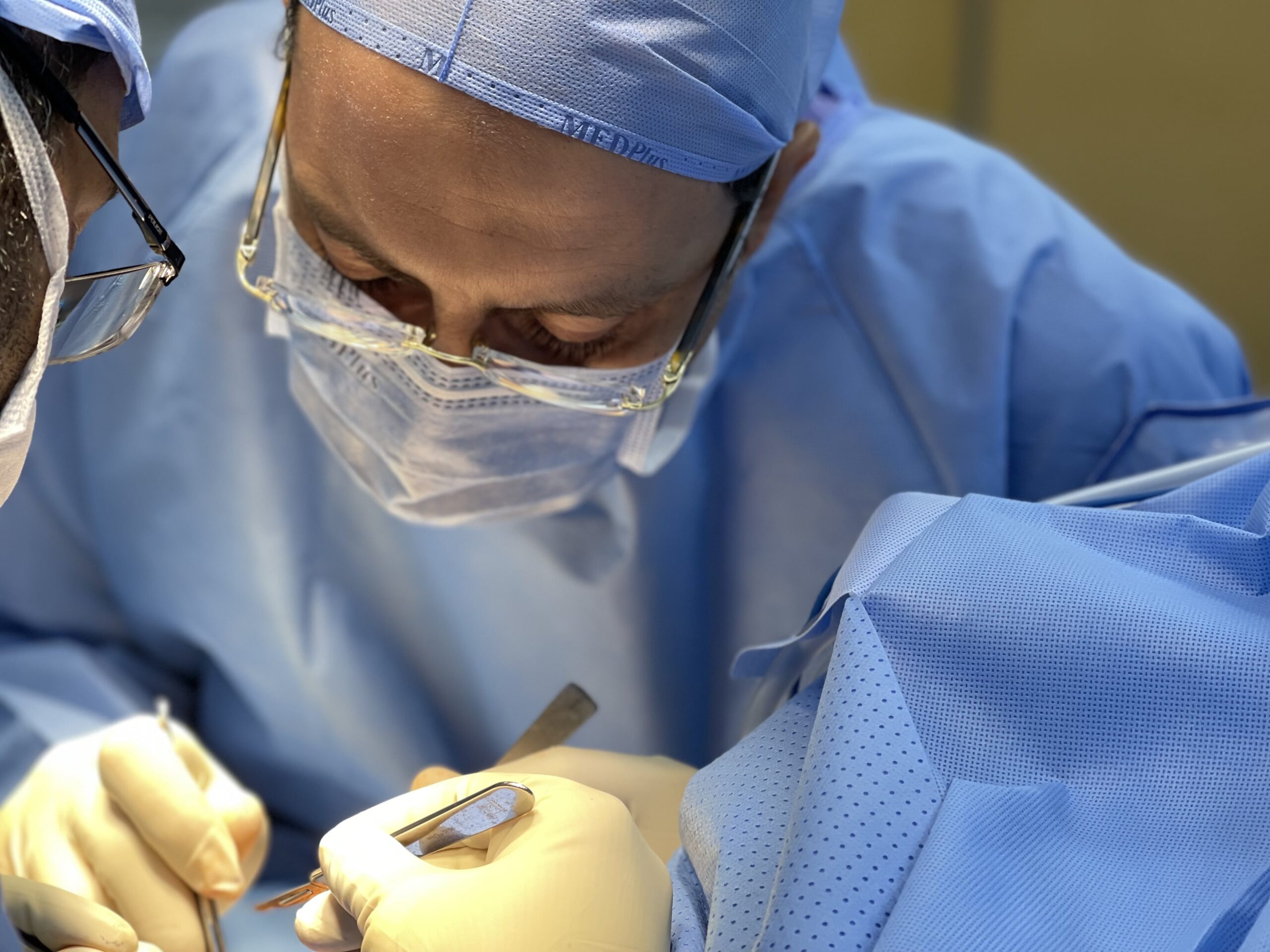
Best Orthopedic Oncologist for Shoulder Surgeries
Conquer shoulder pain and restore mobility with the expertise of Dr. Mohamed Mashhour.
What is Shoulder Joint Replacement?
Shoulder joint replacement surgery, also known as shoulder arthroplasty, is a surgical procedure to replace damaged parts of the shoulder joint with artificial components. This procedure is typically recommended for patients with severe arthritis, fractures, or joint damage that limits mobility and causes significant pain. The goal of shoulder joint replacement is to relieve pain, restore function, and improve the quality of life.
Minimally invasive shoulder joint replacement offers benefits such as reduced pain, smaller incisions, shorter hospital stays, and quicker recovery times, allowing patients to return to their activities sooner.
Why Trust Dr. Mohamed Mashhour for Shoulder Joint Replacement?
01.
Extensive Experience
02.
Specialized Arthroplasty Expertise
03.
Proficiency in Challenging Cases
04.
Customized Treatment Plan
05.
Rapid Diagnosis and Treatment
06.
Emphasis on Injury Prevention
07.
Rehabilitation Expertise
08.
Comprehensive Follow-Up Care
09.
Positive Patient Outcomes
09.
Cross-Border Consultations
Case Study
Types of Joint Issues He Treats with Shoulder Joint Replacement
Arthritis: Severe cases of osteoarthritis, rheumatoid arthritis, and post-traumatic arthritis that cause joint pain and stiffness.
Fractures: Complex fractures that do not heal properly and lead to joint dysfunction.
Degenerative Conditions: Chronic conditions that deteriorate joint function over time.
Cartilage Damage: Severe damage to the joint cartilage that cannot be repaired through less invasive means.
Bone Spurs: Large bone spurs that interfere with joint movement and cause pain.
Types of Shoulder Replacement
Shoulder replacement surgery relieves pain and restores function in shoulders affected by severe arthritis or injury. Here are the main types:
Total Shoulder Replacement: Replaces both the ball (humeral head) and the socket (glenoid) with artificial components; ideal for severe arthritis or extensive joint damage.
Partial Shoulder Replacement: Replaces only the ball of the shoulder joint; recommended when the humeral head is damaged but the socket is healthy, often used for fractures or localized arthritis.
Reverse Shoulder Replacement: Reverses the normal ball-and-socket structure, placing the ball on the shoulder blade and the socket on the upper arm bone; used for irreparable rotator cuff tears or failed previous shoulder replacements.
Shoulder Cartilage Replacement: Resurfaces damaged cartilage without replacing the entire joint; suitable for younger patients or those with early-stage arthritis, using grafts or synthetic materials.
Resurfacing Shoulder Arthroplasty: Replaces only the damaged surfaces of the humeral head and glenoid with metal caps; preserves more of the patient’s natural bone, ideal for younger, active patients with localized shoulder damage.
Stemmed Hemiarthroplasty: Uses a stemmed humeral component to replace the humeral head; appropriate when the humeral head is damaged but the socket is intact and healthy.
The choice of shoulder replacement procedure depends on joint damage, patient age, activity level, and overall health. Consulting shoulder replacement doctors like Dr. Mohamed Mashhour helps determine the most suitable option based on individual needs.

